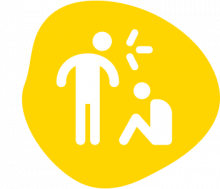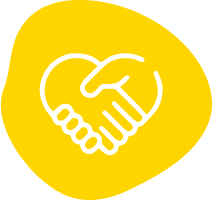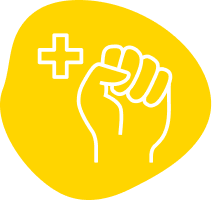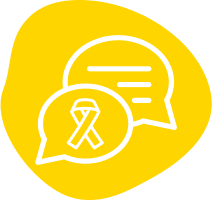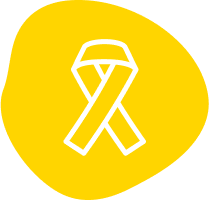“I received my diagnosis within my faculty and there was no discretion at the time of delivering the result by the nurse, breaking my confidentiality and exposing me to those present. As a consequence, I was excluded by my classmates and teachers, they never had the information and understanding to protect my emotional integrity.” – Participant in the Positive Learning youth consultations (Latin America and the Caribbean).
The term ‘disclosure’ has been widely used to refer to the process of telling others about one’s own or someone else’s HIV status; however, this is no longer considered appropriate because of its negative connotations. 'Sharing information about HIV status' or 'being open about HIV status' are alternatives that allow for the possibility of beneficial aspects of the process, if and when it is done with appropriate preparation and consent.
Adolescents and young people have the right to decide when, how and with whom they share information about their HIV status. This also means that they reserve the right not to share this information and to judge when it is safe to do so. In education settings, learners’ rights to privacy and confidentiality must be paramount whenever sharing of information about HIV status takes place.
In addition, in an increasingly online world, schools will need to take action to ensure that their systems for receiving, storing and transmitting personal data are secure. Schools also have a responsibility for helping learners to protect their own privacy online, and to understand the potential short and long term consequences of sharing personal information about themselves or others on social media or other platforms.
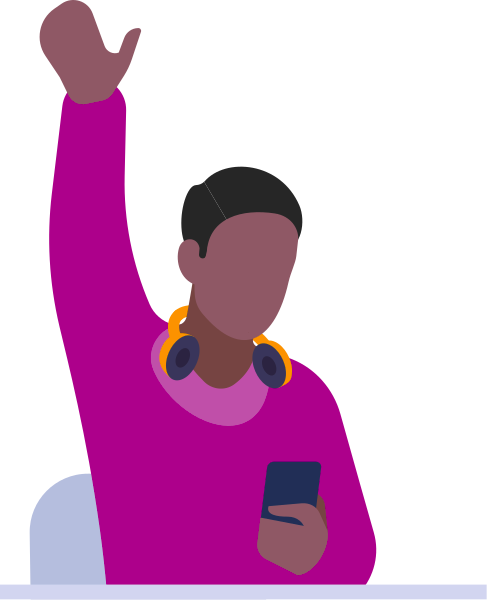

Recommendations
2.1Ensure that no policy or practice requires sharing information about HIV status for access to education.
2.2Protect adolescents’ and young people’s right to privacy, dignity and safe sharing of HIV status through a robust confidentiality policy and awareness-raising for education staff and learners on their rights and responsibilities.
2.3Establish clear protocols, guidelines and secure systems to avoid forced, intentional or accidental sharing of HIV status in the school environment or when the school interacts with the wider community.
2.4Actively engage with health service providers and others involved in supporting, protecting and managing the process of sharing information about HIV status. This includes ensuring safety from gender-based violence, for example, supporting adolescent girls and young women in intimate partner relationships or who are married if they decide to share information about their HIV status with their partners.
2.5Work with parents/caregivers to improve their communication and information-sharing about HIV with adolescents and young people living with HIV who are in their care.
2.6Actively encourage creation of and access to sources of peer support, both within the school and in the community (e.g. health clubs, peer educators, peer counsellors).


